Six Surprising Reasons Campus Leaders Drift Into Isolation
Ever wonder why leadership often feels so lonely?
I routinely hear from leaders who give me some version of 'It's lonely at the top' or 'I don't think anyone understands how I feel."
Many of these amazing people - once deeply connected - move into leadership and suddenly feel… well…cut off.
I get it. I'm meeting with loads of people weekly in person and on social and still feel isolated as a leader.
This topic matters because isolation isn't good for you.
Yup… Especially us Introverts.

Medical experts say the impact of loneliness on your healthy is equivalent to smoking 15 cigarettes a day and is possibly worse than obesity. Isolated people risk having a significantly shorter life span.
In other words, loneliness kills.
Think about it. Besides the death penalty, solitary confinement is one of the worst punishments we sentence prisoners.
Yet we invite what the prison system hands out as punishment without much thought.
Why is that?
There's a gravitational pull toward isolation in leadership that you must fight to stay healthy, alive, vibrant, and growing.
Here are six surprising reasons campus leaders naturally drift into isolation.
1. The Problems You Must Solve Aren't Solvable By Most People
By title, most people aren't in positions of leadership.
Look at any campus. The ratio of the faculty/employee to leader/executives is probably 10:1, if not 100:1. So, you're definitely taking on challenges unique to your role.
Therefore, it can be hard to relate when you show up to that social gathering and others are there fully present and relatively carefree. That's not bad, and there is nothing wrong with you. Most people don't wake up (and stay awake) trying to solve the same problems you do.
Leading in a challenging season makes that even more complicated and sets the challenges you're tackling into even rarer air.
Think about it. Most people can't relate to you because they simply haven't managed what you're leading. It's not their fault at all—it's just hard to engage others when you don't have similar lived experiences.
To find peers and mentors who actually "get" you, you'll likely have to break down a few geographical and institutional barriers.
You may need to look outside your system, region, or field to get the coaching and connection you need.
When I was awakened to the fact that I couldn't gain the full insight and wisdom I needed from my immediate circle of colleagues and friends, it made a few things more manageable.
- First, it helped me value those around me for who they were and allowed me to drop the expectations around what they couldn't offer.
- Second, it made me realize I'd have to seek out other leaders who could speak into what I was leading, which would likely take some initiative.
2. The Last 10% of Leadership is the Loneliest
So, you might be thinking, "what about the good people around me whom I hired to help lead the organization?"
Absolutely. Lean in.
They can help you immensely. But as already described, you'll find that their ability to empathize, understand and help breaks down to (at best) the 90% level.
That last 10% (who should be my next strategic hire/how can I turn around the trends I'm seeing/why do I feel so uneasy about this pattern) is something they probably can't help you with, and it's also the most critical leadership issue you're facing.
This is why the last 10% of leadership is the loneliest.
The very problem you most need to solve is the area where your team has had the least experience.
Once again, the people who can help you with the last 10% will be found in a community you need to build for yourself.
3. You Naturally Want To Pivot Away From People
It's a weird dynamic to feel lonely when surrounded by swarms of people daily.
Being surrounded by people all day can make you feel like you're in community when in reality, it's not entirely the kind of community you need (see point #2 above).
One of the best things you can do is fight your natural urge to resist people and instead seek out people who replenish you. I will put myself out there and say that most leaders don't have a very long list of people who replenish them.
So…who replenishes you?
Again, (don't hate me), but if you list your dog and your spouse, I think you need a longer list.
4. Virtual Helps And Hurts
When you're looking for connection, is social media a help or a hindrance?
Social media is a blessing because we're more connected than ever. Learning is easier and faster than at any other time in human history.
But relationally, social media creates a sense of false connection. It gives us the promise of knowing people without really knowing them, and it gives the appearance of relationship without being deeply connected.
To connect with someone you know is one thing. But to connect with 100 people you barely know can leave you feeling defeated and exhausted.
And what do defeated and exhausted people become…
Yep, lonely.
5. You Spent All Your Energy At Work
I fell for this too often as a young leader. And it's a trap I still must look out for today.
When you take the role of your office seriously, it's easy to spend 100% of your energy at work. Which, of course, means your family gets the leftovers. And it means you, personally, get the fumes.
When you arrive home exhausted and when you give what little you have left to your family (which is already, by definition, too little), you have zero time left over for meaningful friendships or activities you find restorative.
A 5 Star Day is one that is quite productive and focused at work but also highly connected at home.
Remember: Full schedules don't lead to full lives.
6. You're Never Really On, And You're Never Really Off
Because of the pressures of your office, you (and I) will always have a hard time being 'off.'
There's always more to be done.
But smartphones and the proliferation of inboxes on every social platform and 'advances' like Slack, email, text messaging, and plain old voicemail mean a leader is never really off.
You used to go to work; now, thanks to technology, work goes to you…and never leaves you.
It might be easy to think you're just taking 5 minutes out of your family's movie night to answer a few emails or return some texts, but every interaction takes its toll.
Unless you guard against it, thanks to technology, you're never really on, and you're never really off. You live in a perpetual grey zone.
And again, technology's constant present/not present tension leaves you feeling alone.
Take An Honest Look At The Pace You're Currently Living. Would You Want To Do This Forever?
Looking at the past 12 months, did your habits help you accomplish everything you set out to do last year?
Here's the truth: You are one of the key influencers to the overall health of your community.
The evidence is compelling. The health of your team and the reliability of your system has a direct impact on your campus performance.
Good News! This summer/fall, I am going on tour with a timely keynote customized for the campus lead teams in my network.
The Mission: To reclaim some needed traction.
Reclaim Your Momentum {LIVE} is a two-hour keynote for campus leaders and their teams to inspire, challenge, and equip your team to accelerate healthy team culture and overall team performance.
Check out the early-bird incentive for booking by July 30th.
I look forward to talking with you soon!
P.S. June and July are already booked out, and August is starting to fill fast. You don't want to delay. Book your team engagement today.
More Blog Articles



